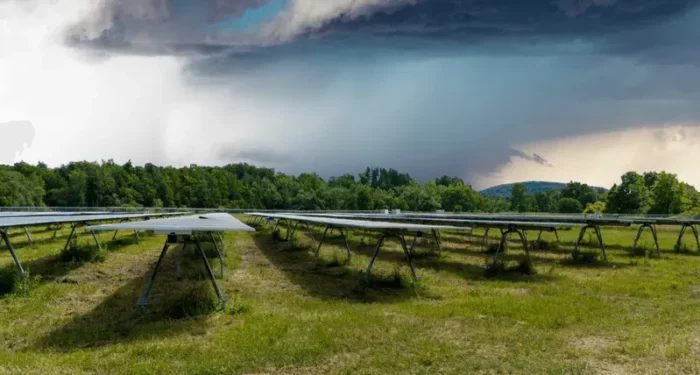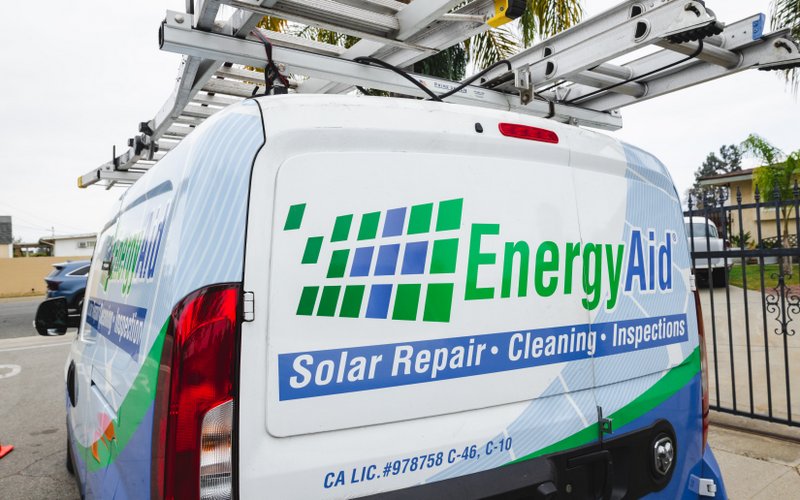DNV validates two key Terrasmart tracking algorithms
Third-party review confirms up to 5% modeled gain; developers can now carry those gains into financing models

Terrasmart’s proprietary tracker algorithms — topographic backtracking and irradiance-optimized tracking — have been independently validated by DNV for use in solar energy analysis workflows, the company announced. The review matters because these gains can now be shown in financing models with third-party backing.
The two algorithms target two of the biggest variables that degrade modeled-vs-actual performance: uneven terrain and persistent cloud cover. Terrasmart says the combination can deliver up to a 5% gain.
“Terrasmart is always looking for ways to raise the bar in solar technologies, and we’re honored to receive an endorsement from such a highly respected firm as DNV,” said Ed McKiernan, president of Terrasmart. “In addition to the recognition, we’re thrilled that the validation provides new opportunities for developers seeking financing, starting with the distributed generation market.”
What the algorithms do
Topographic backtracking | This algorithm adjusts tracker angles based not only on the sun and the rack, but on neighboring trackers and 3D site elevation data — across the length of every row. Terrasmart estimates 1-3% gain in typical undulating terrain, worth “hundreds of thousands of dollars” over 25 years on a 25-MW site. It directly targets the shade-loss penalty that conventional (2D) backtracking leaves on the table.
Irradiance-optimized tracking | This algorithm uses real-time cloud-forecasting and toggles between full-track and flat positioning to maximize diffuse irradiance on cloudy days. Terrasmart expects up to ~2% gain during extended cloud events. The feature can run 24/7 to react to changing conditions.
Both features are toggled through Terrasmart’s PeakYield platform with no hardware retrofits needed on existing TerraTrak fleets. Learn more about PeakYield in from this Pitch episode, “Solving solar tracker project challenges with Terrasmart”:
Why this matters
DG financing is tightening, margins are thin, and undisturbed flat land is scarce. Algorithms that squeeze out a few percent — and are independently validated — are becoming a competitive lever. With DNV’s sign-off, Terrasmart’s backtracking and irradiance gains move from PowerPoint claims to bankable inputs.
For developers, the endorsement means the energy-gain assumptions can be carried into project finance models. This potentially increases credit for backtracking and improves sizing decisions. For asset owners and managers, it provides an independent basis for performance expectations in production reports.
Stephen Petrarca, associate principal project engineer at Nexamp, shared his perspective: “DNV’s technology review of TerraTrak provided valuable independent analysis of the system’s tracking algorithms. For Nexamp, this report adds meaningful confidence in the technology’s performance assumptions.”




